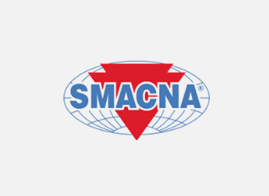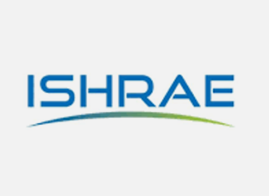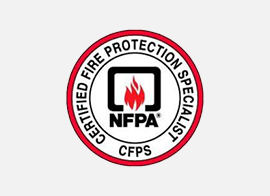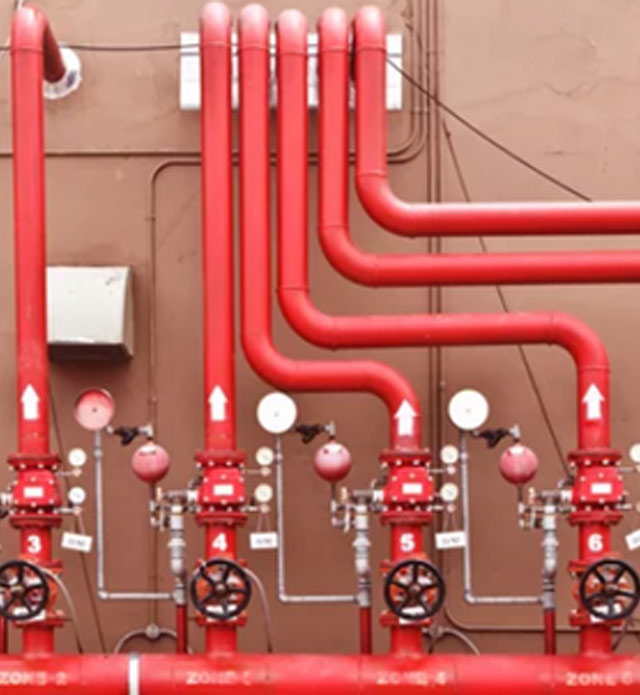Public Health Engineering(PHE)
Introduction to Public Health Engineering (PHE)
Public Health Engineering (PHE) is a specialized branch of civil engineering that focuses on the planning, design, implementation, and maintenance of systems that promote public health and well-being through the provision of clean water, proper sanitation, waste management, and environmental hygiene. Its primary objective is to prevent the spread of diseases by ensuring safe drinking water supply, effective sewage and wastewater treatment, and proper disposal of solid waste. PHE plays a crucial role in urban development, rural infrastructure, hospitals, industries, and public institutions, where maintaining hygienic conditions is essential for community health.
The importance of Public Health Engineering has grown significantly with increasing urbanization, population growth, and the rising need for sustainable resource management. Modern PHE systems incorporate advanced technologies such as water recycling, rainwater harvesting, and eco-friendly sewage treatment processes to minimize environmental impact while safeguarding public health. By integrating engineering principles with public health goals, PHE professionals help build healthier communities, reduce the burden of waterborne diseases, and improve the overall quality of life for populations across the world.
Public Health Engineering(PHE)
- General internal and external plumbing systems
- Water supply Collection, pumping & piping distribution System
- Domestic water systems including softening and treatment plant
- Hydro pneumatic System for Distribution of water
- Waste water and Storm water system design and installation
- Rain water harvesting system
- Drainage collection disposal system
- Sewage treatment plant
Public Health Engineering(PHE)

Codes & Standards










Scope of our Work:
- Preliminary site visit and discussion with Architect / Client and project feasibility survey.
- Necessary NOC drawings with document (No objection certificate). (For base building projects).
- Preparation of Preliminary design Brief (DBR) with Schematic.
- Preparation of Preliminary designs for the Client / Architects approval of comments if any, by way of drawings to explain the general planning and nature of works with the basic dimensions, inclusive of basic requirement for the safety & security systems shafts etc and other features required for services. Obtaining the approval of the Client / Architect.
- Making Technical specification, Bill of Quantity & Tender Layout (For better understanding of our requirement).
- Provided the Estimated Bill of quantity for client to get idea for budgeting.
- Preparing & floating the tender enquiry with tender drawing for system.
- Scrutinizing & comparing the offers of various bidders.
- Providing assistance to client in negotiation and finalizing of the contractors.
- Coordinating the overall designing with other services i.e. HVAC, ELECTRICAL, FIRE FIGHTING & LOW CURRENT systems and preparing the detail section which will be useful for Vendor & PMC to run the project in smooth way and without any issues of installation on site.
- Our support will extend unto preparation of the above false ceiling coordination & False ceiling coordination layouts.
- Describe the requirement of our system to the vendor in the kick off meeting with the Good for construction layout (GFC).
- Checking and approving the shop layout submitted by the vendors.
- Periodical visits to the site of work during the execution to ensure that the intent of the drawings is duly carried out and that technical features envisaged by the consultant are properly executed.
- Generate the site visit report with proper snap shots to reduce the uncertainty of installation. This will help to avoid rework during the commissioning stage.
- Provide necessary test certificate format and witnessing the performance test for all the involved systems.
- We ensure to obtain ideal Handing over procedure.



